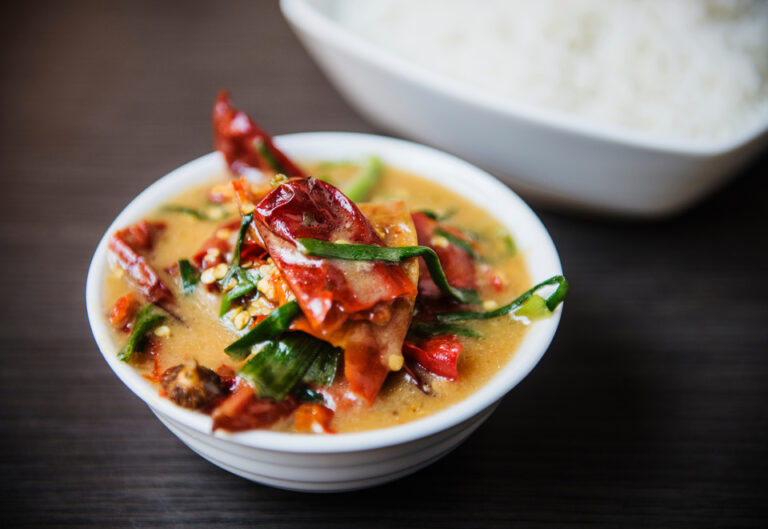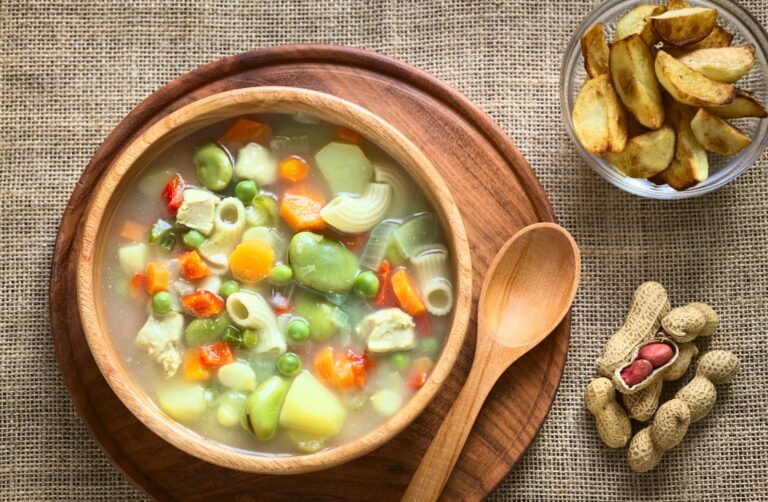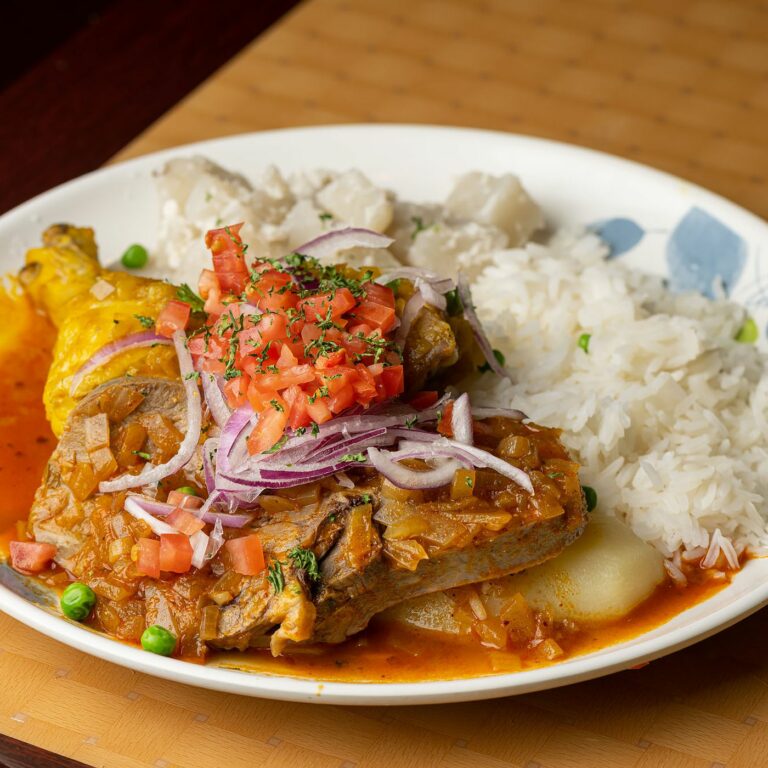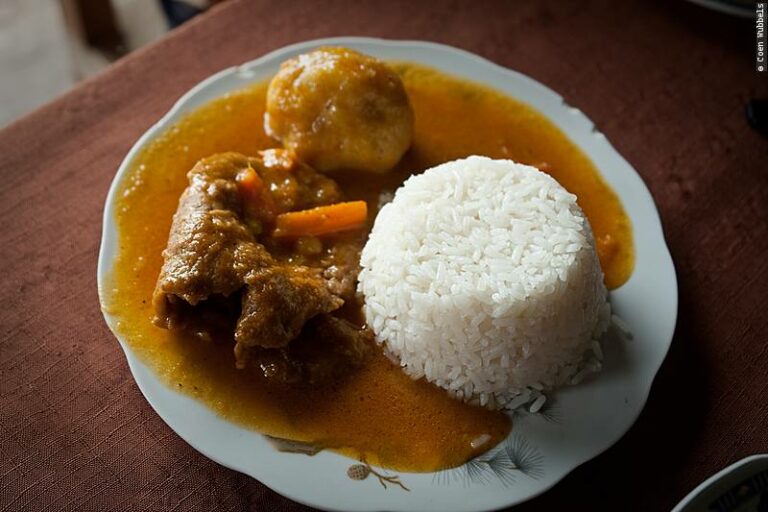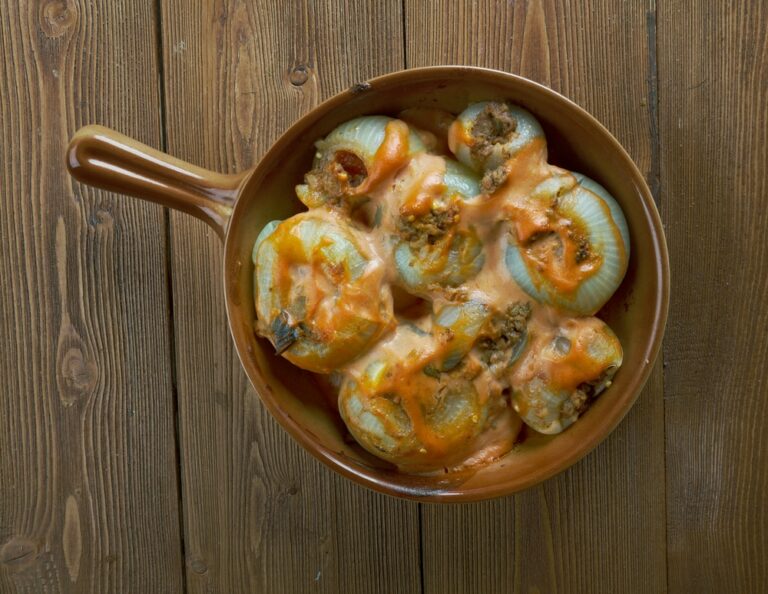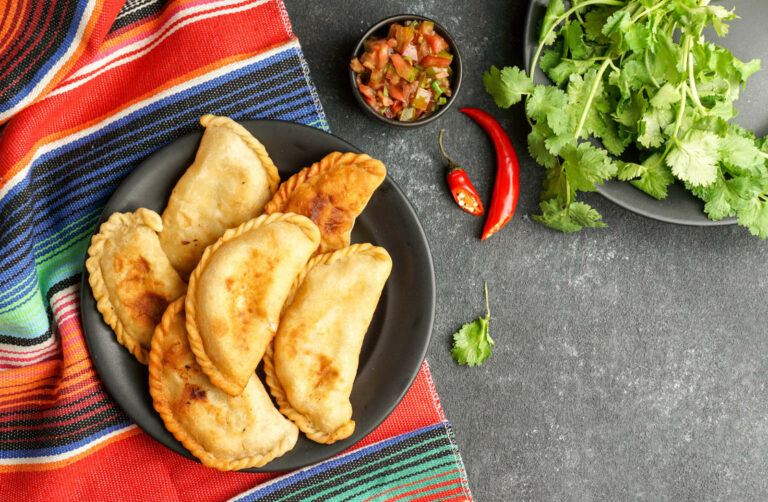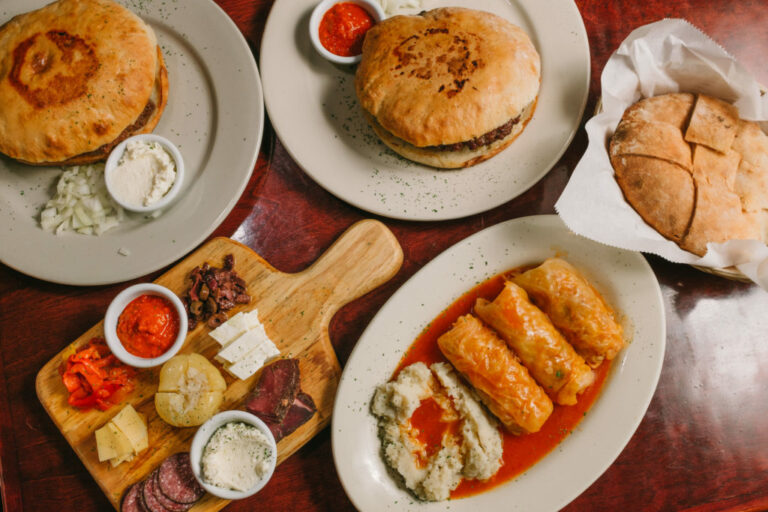Introduction: Bhutanese Cuisine in the World
Bhutan is a small landlocked country in South Asia, known for its unique culture, breathtaking landscape, and traditional cuisine. Bhutanese cuisine is a blend of local ingredients and flavors with influences from neighboring countries such as India, China, and Tibet. Despite being relatively unknown in the global culinary scene, there are certain Bhutanese dishes that have gained popularity among international tourists and food enthusiasts.
The Bhutanese government has been actively promoting its cuisine and culinary tourism, recognizing the potential of its unique dishes and ingredients. However, the export of Bhutanese food faces several challenges, including limited production capacity, lack of infrastructure, and high transportation costs. This article aims to explore the popularity, health benefits, and export potential of Bhutanese cuisine in the global market.
The Unique Characteristics of Bhutanese Cuisine
Bhutanese cuisine is characterized by its simplicity and use of local ingredients, such as red rice, buckwheat, maize, and yak meat. The dishes are often spicy, with a blend of herbs and spices, including ginger, garlic, cumin, and coriander. Chili peppers are a staple of Bhutanese cuisine, with the national dish, ema datshi, consisting of chili peppers and cheese.
Another unique feature of Bhutanese cuisine is its emphasis on traditional cooking methods, such as roasting, boiling, and steaming. The traditional Bhutanese stove, known as the “chulha,” is made of clay and is used to cook meals over an open flame. The use of this stove gives dishes a unique smoky flavor and aroma.
The Most Popular Bhutanese Dishes Among Tourists
Among the most popular Bhutanese dishes among tourists are ema datshi, phaksha paa, and momos. Ema datshi, as previously mentioned, is a dish made with chili peppers and cheese, while phaksha paa is a spicy pork dish. Momos, on the other hand, are Bhutanese dumplings filled with meat or vegetables and served with a spicy sauce.
Other popular Bhutanese dishes include jasha maru, a spicy chicken dish, and kewa datshi, a dish made with potatoes and cheese. Visitors to Bhutan can also try traditional snacks such as khur-le, a crispy deep-fried snack made with buckwheat, and suja, a salty butter tea.
The Health Benefits of Bhutanese Ingredients
Bhutanese cuisine uses a variety of local ingredients that are not only flavorful but also have several health benefits. Red rice, which is a staple of Bhutanese cuisine, is a good source of fiber and contains antioxidants. Buckwheat, used to make noodles and pancakes, is gluten-free and high in protein. Yak meat, another commonly used ingredient, is lean and rich in omega-3 fatty acids.
Traditional Bhutanese cooking methods also contribute to the health benefits of Bhutanese cuisine, as dishes are often steamed or boiled rather than fried. Additionally, the use of fresh herbs and spices in dishes such as jasha maru and phaksha paa provides natural sources of vitamins and minerals.
The Challenges of Exporting Bhutanese Food
Despite the popularity of certain Bhutanese dishes among tourists, the export of Bhutanese food faces several challenges. One of the main issues is the limited production capacity, as most of the ingredients used in Bhutanese cuisine are locally sourced. Additionally, the lack of infrastructure and high transportation costs make it difficult to export Bhutanese food to other countries.
Furthermore, the unique characteristics of Bhutanese cuisine, such as the use of chili peppers and local herbs, may not appeal to the global market. Therefore, there is a need to adapt Bhutanese dishes to suit international tastes while maintaining their traditional flavors and ingredients.
The Role of Social Media in Promoting Bhutanese Cuisine
Social media has played a vital role in promoting Bhutanese cuisine and culinary tourism. Several Bhutanese chefs and food bloggers have gained a following on social media platforms such as Instagram and Facebook, sharing their unique recipes and culinary experiences in Bhutan.
Furthermore, the Bhutanese government has launched campaigns on social media to promote Bhutanese cuisine and encourage culinary tourism. These campaigns have helped raise awareness of Bhutanese food and its potential in the global market.
The Potential of Bhutanese Cuisine in the Global Market
Bhutanese cuisine has the potential to make its mark in the global culinary scene due to its unique flavors and ingredients. With the increasing interest in traditional and exotic foods, Bhutanese cuisine can offer a new and exciting culinary experience.
However, to tap into the global market, there is a need to address the challenges in exporting Bhutanese food and adapt it to international tastes. By showcasing the health benefits and unique flavors of Bhutanese cuisine, there is an opportunity to create a niche market for Bhutanese food.
Conclusion: The Future of Bhutanese Cuisine in the World
Bhutanese cuisine may not be as well-known as other Asian cuisines, but it has the potential to gain popularity in the global market. With its unique flavors, local ingredients, and traditional cooking methods, Bhutanese cuisine can offer a new and exciting culinary experience.
While there are challenges in exporting Bhutanese food, social media and culinary tourism can help promote Bhutanese cuisine and raise awareness of its potential. By adapting Bhutanese dishes to suit international tastes while maintaining their traditional flavors and ingredients, Bhutanese cuisine can carve out a niche in the global culinary scene.

